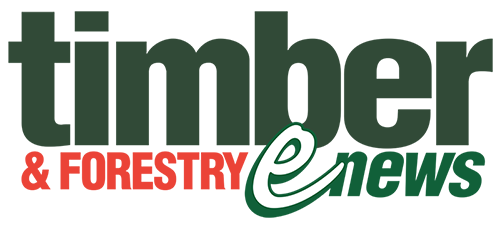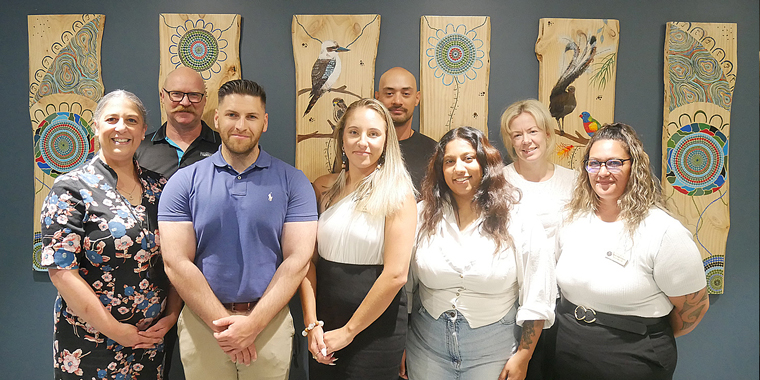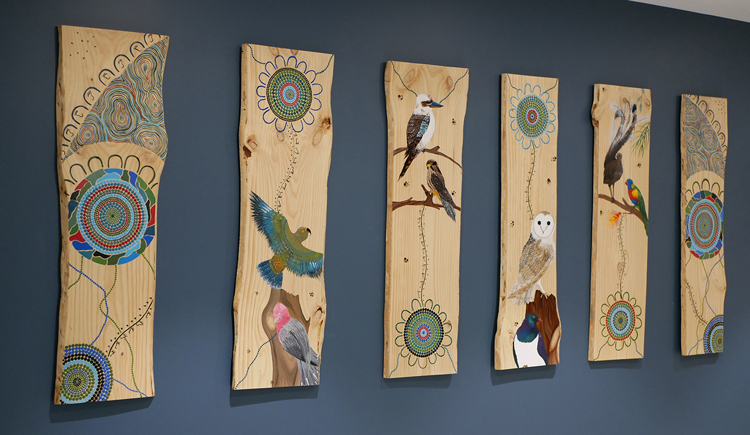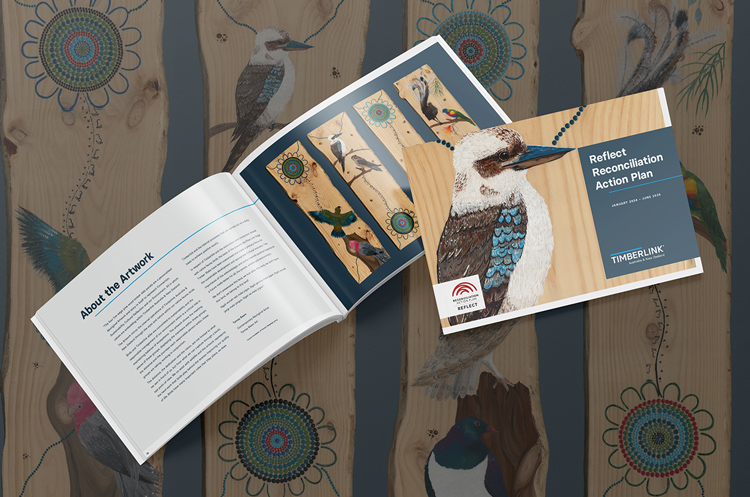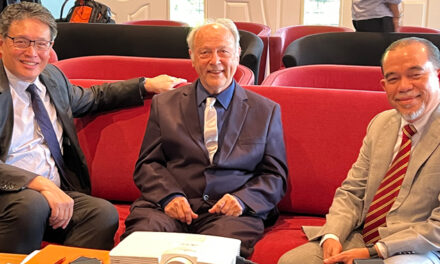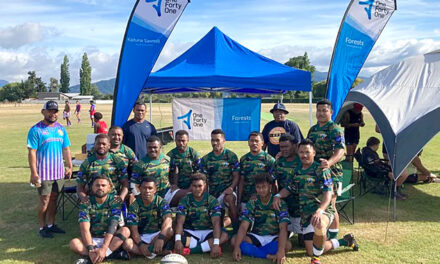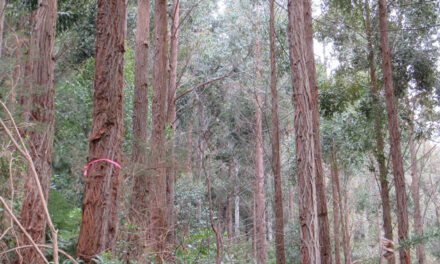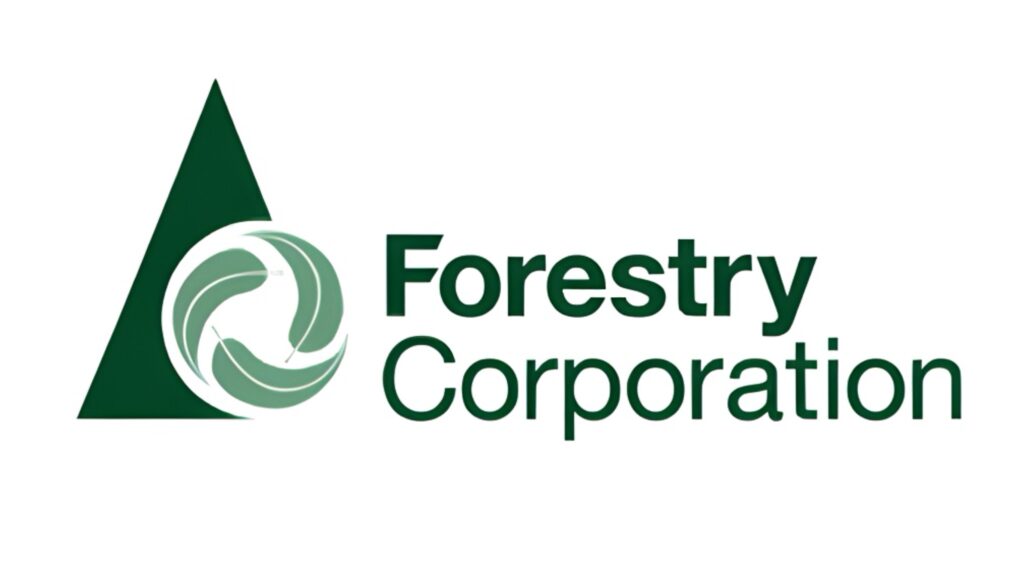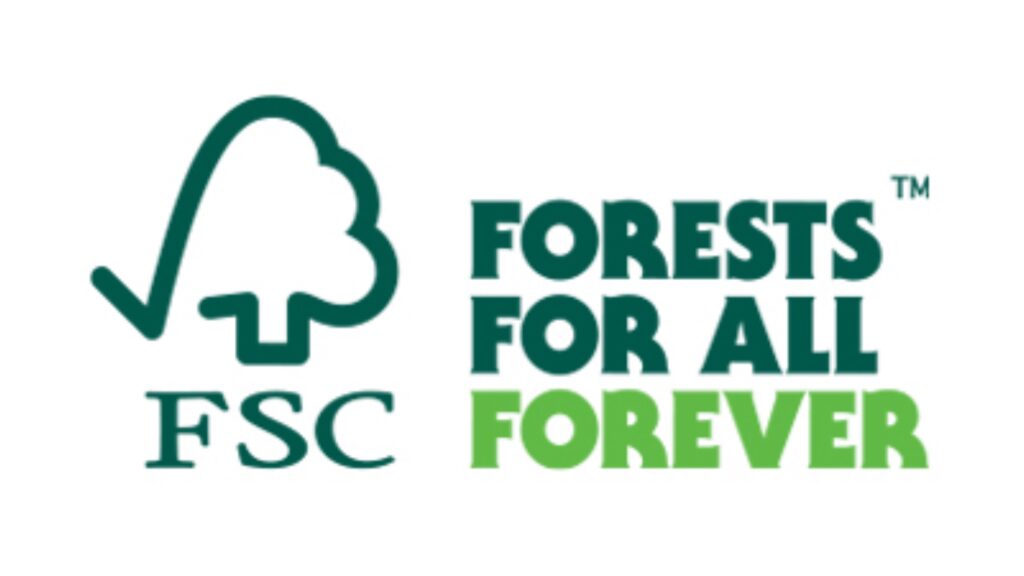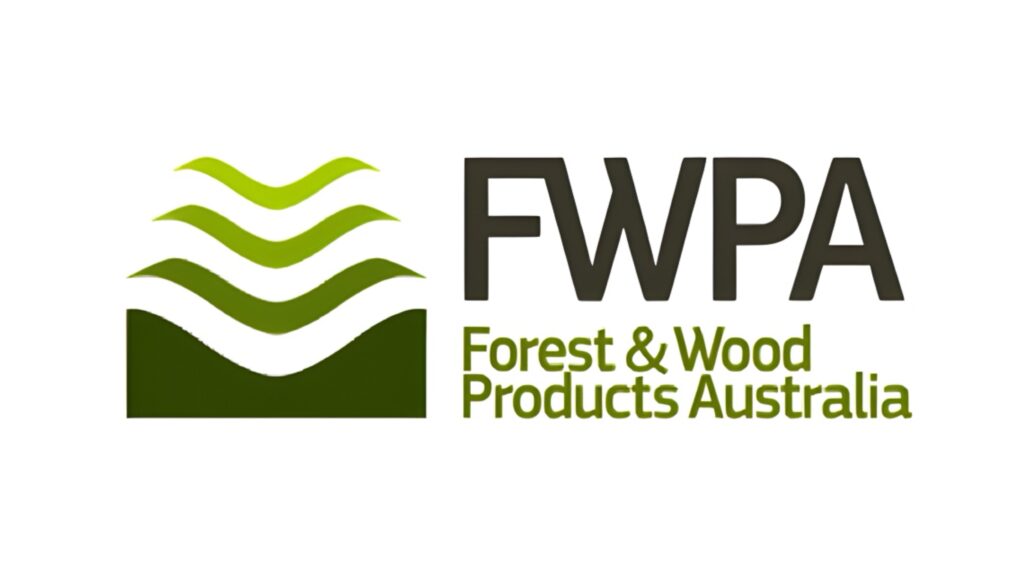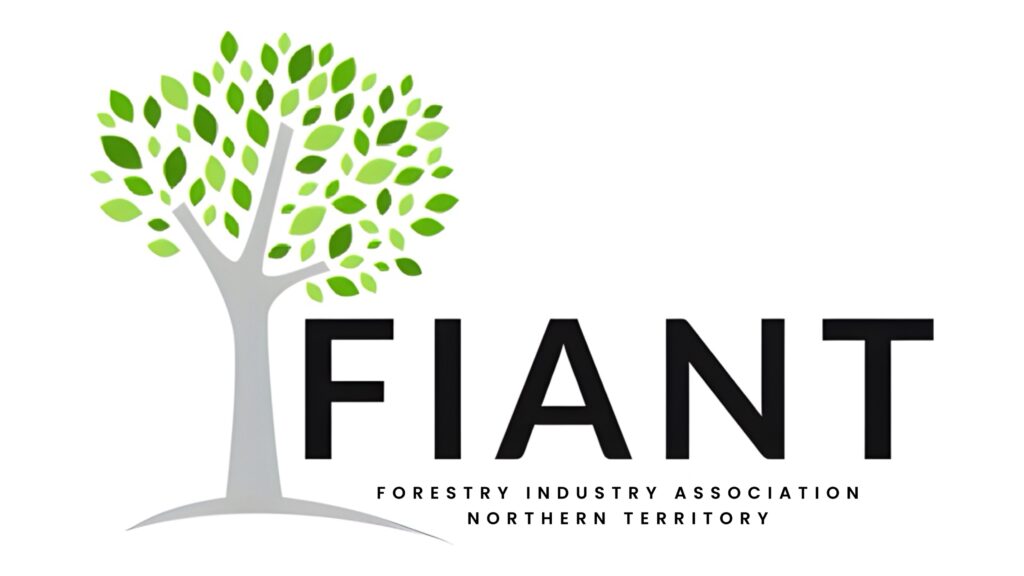TIMBERLINK LAUNCHES ITS RECONCILIATION ACTION PLAN
TOP PIC: First Nations artist Tamay Beam (Instagram: @tamaybeamart) created artworks using timber from Timberlink’s Bell Bay manufacturing facility.
BOTTOM PIC: The Reflect RAP is freely available for staff to read through and will be driven by the working group.
Some of the less pleasant voices in the Australian commentariat last year announced the failure of the Voice referendum was a vote against Reconciliation. They could not have been more wrong.
At a local and national level, many businesses and community organisations have been doing the real, hands-on work required for Reconciliation with Aboriginal and Torres Strait Islander Peoples. One common tool for this work is a RAP: a Reconciliation Action Plan, which is designed to help workplaces engage staff with reconciliation and provide an environment more supportive to First Nations peoples.
Timberlink is the latest major Australian Business to take this journey, this week announcing the launch of its Reflect Reconciliation Action Plan, the first stage in the RAP process. The company said, “This is a significant milestone for Timberlink as it embarks on a journey to enhance its awareness and appreciation of the First Nation Peoples of Australia.”
Endorsed by Reconciliation Australia, Timberlink’s 2024-2025 Reflect RAP is focused on equipping the organisation to actively participate in meaningful reconciliation efforts. It is designed to further support positive relationships with Aboriginal and Torres Strait Islander Peoples while establishing the areas where Timberlink can make the most impactful contributions to further Reconciliation.
The RAP provides a structured approach, outlining clear actions aimed at establishing and strengthening mutually beneficial relationships with Aboriginal and Torres Strait Islander Peoples and organisations, which include:
- Increasing understanding, value and recognition of Aboriginal and Torres Strait Islander Peoples’ Cultures, histories, knowledge and rights through cultural learning.
- Improving employment outcomes by increasing Aboriginal and Torres Strait Islander Peoples’ recruitment, retention and professional development.
- Establishing and maintaining an effective RAP Working Group (RWG) to drive the execution and governance of the RAP.
Timberlink’s chief people officer sponsors the RAP program, with oversight by the CEO. This sponsorship is instrumental in facilitating the achievement of our RAP deliverables and overarching program objectives.
Paul O’Keefe, CEO of Timberlink, said “Our decision to embark on this journey was born from our desire to connect more fundamentally with the communities within the regions in which we operate and to strengthen our commitment to develop and nurture an inclusive and diverse working environment.
“Over the next 18 months, we are committed to progressing the key areas of Reconciliation through fostering relationships with our First Nations Communities, and to reflect respectfully First Nations cultural protocols within Timberlink.”
Karen Mundine, CEO of Reconciliation Australia, said “This Reflect RAP enables Timberlink to deepen its understanding of its sphere of influence and the unique contribution it can make to lead progress. Getting these first steps right will ensure the sustainability of future RAPs and Reconciliation initiatives and provide a meaningful impact toward Australia’s Reconciliation journey.”
MAIN PIC: Timberlink RAP Working Group with First Nations artist Tamay Beam (centre) and Dannielle Sio (far right).
